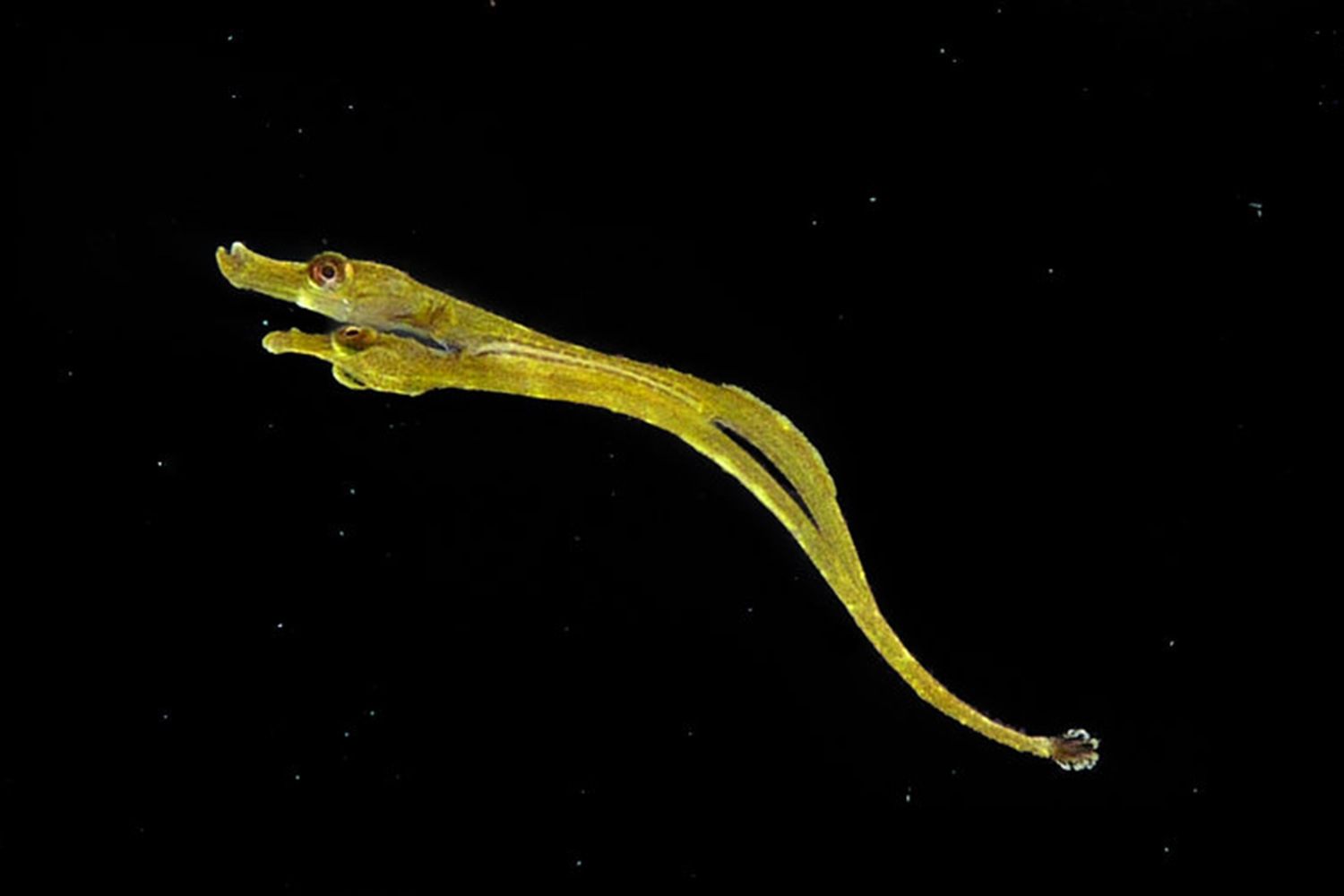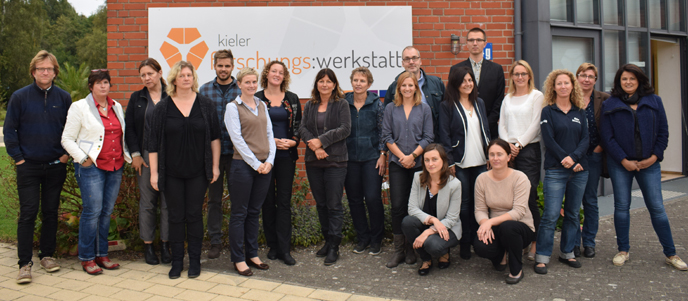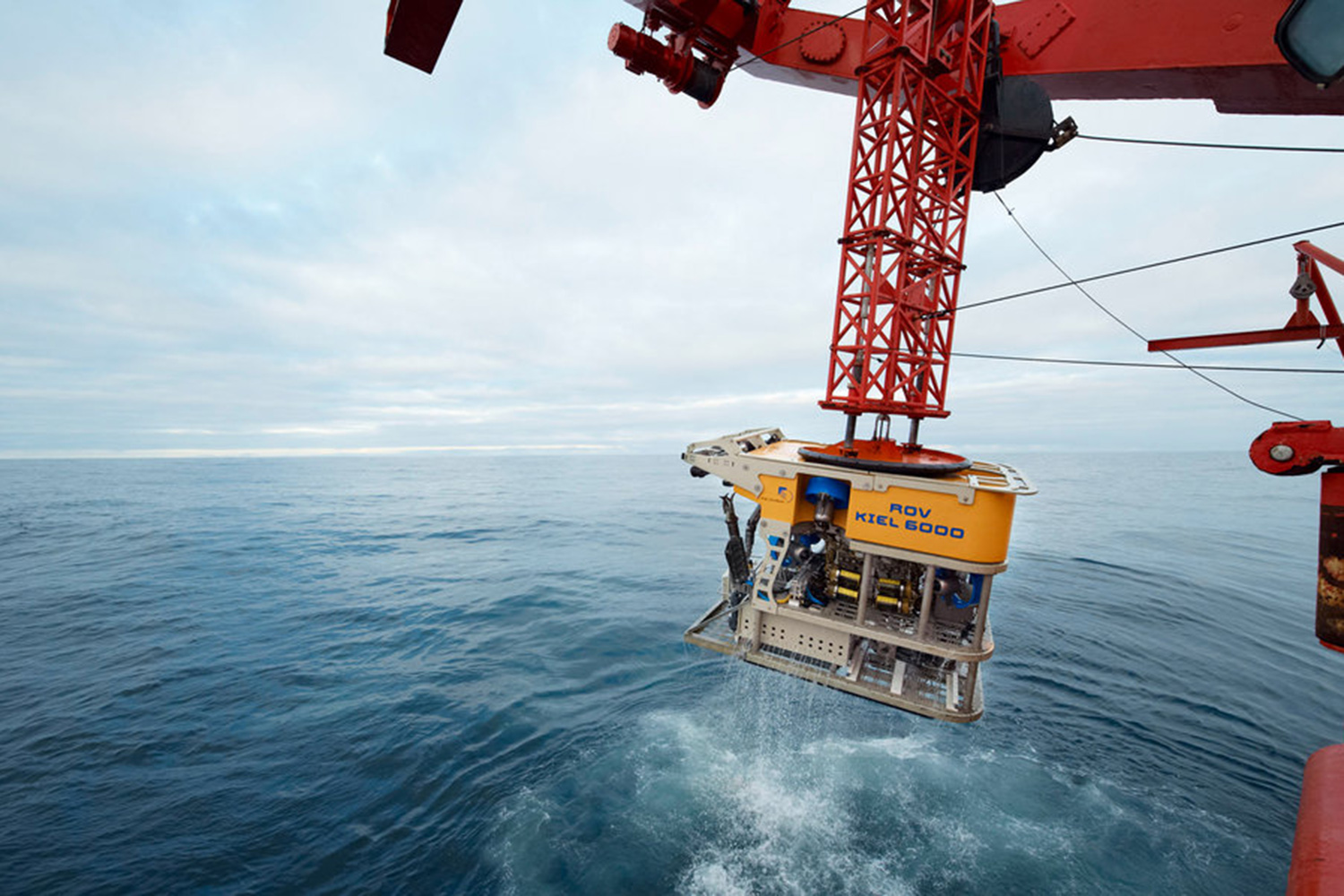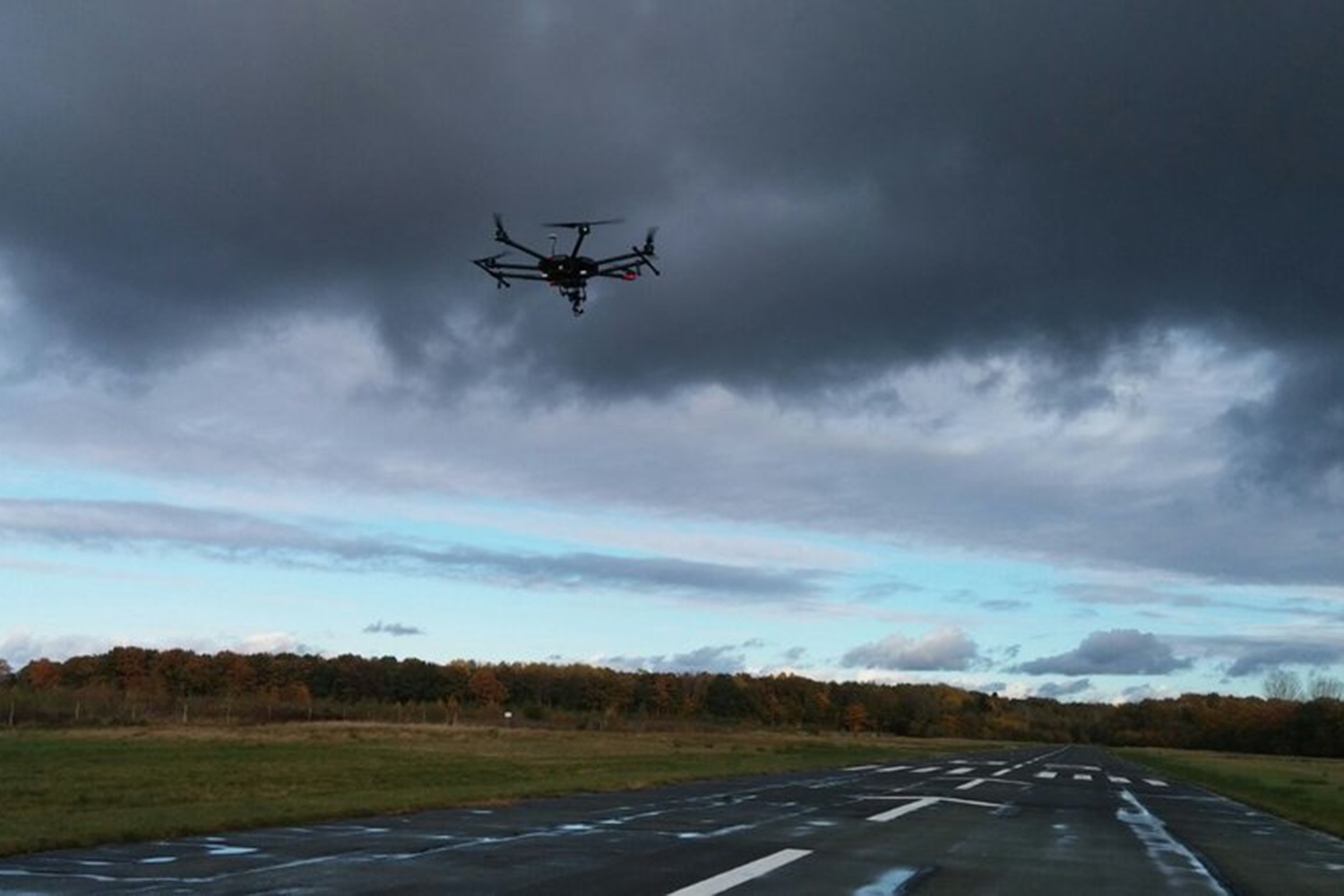"Although I have been performing such experiments for seven years, this has never happened to me before,” says Dr. Olivia Roth, head of a junior research group in the research division Marine Ecology at the GEOMAR Helmholtz Centre for Ocean Research Kiel. Since the animals were born under normal conditions that occur here in the Kiel Fjord, it seems to just be a coincidence to Dr. Roth. It is worth noting that new born pipefish are not simply newly hatched larvae, but they have already undergone several weeks of development during the male pregnancy.
"Both the Siamese twins with two heads, as well as the pair that is connected on the belly and tail have gone through a natural larval development and survived the pregnancy," explains Olivia Roth.
Siamese twins are identical twins, in which the fertilized egg in the womb, or as in the case of pipefish, in the brood pouch of the male, did not completely divide. The probability of finding two Siamese twin pairs within 24 hours is extremely low.
In humans, this so-called double malformation occurs in about one in 200,000 pregnancies. Less than half of the Siamese twin embryos survive the pregnancy, the other half dies before birth, so the chance of giving birth to live Siamese twins is about 1 in a million. From the animal kingdom occurrences of Siamese twins are known in various species, but in nature they are very rarely encountered, as they are often disowned by parents and usually have trouble with foraging and mobility.
Links:
www.geomar.de Helmholtz Centre for Ocean Research Kiel
Images:
Images are available for download at www.geomar.de/n4537.
Contact:
Dr. Andreas Villwock (GEOMAR, Communication & Media), tel.: 0431 600-2802,
presse@geomar.de
…



